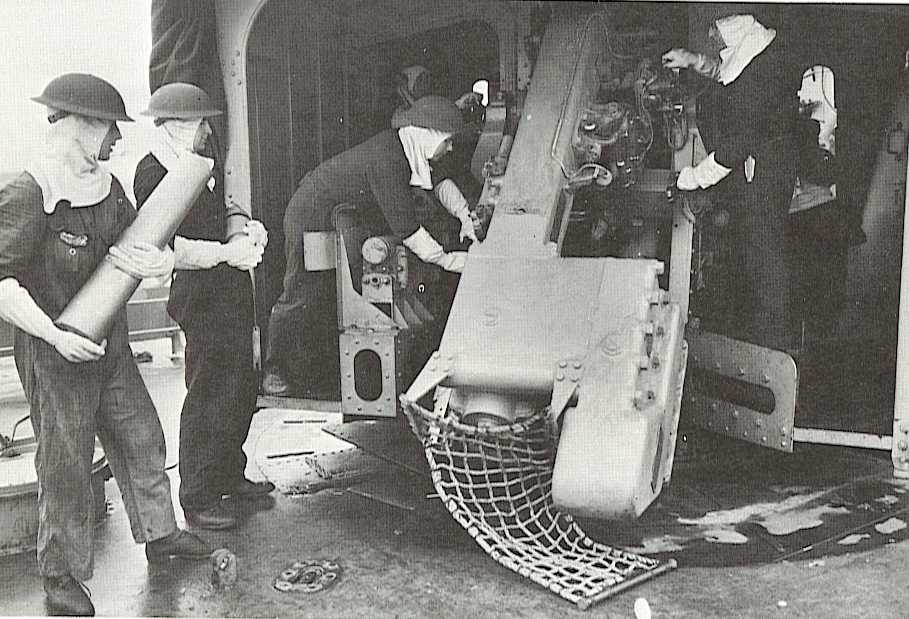The
Bransfield class used the same hull as the previous class, but
true to form, many changes were made to the layout to improve
the ships. For the first time on the smaller cruisers a turret
was fitted. This was the same twin 6" turret debuted on the
Admiral Hillary class just two years before. The extra
weight of the turret and the enlarged bridge had to be pushed
further back from the bow to retain stability and stop the ship
being too wet forward. The enlarged bridge and tripod/control
top enhanced the command and control functions. The side armour
increased from 2" to 3".
These ships started arriving in the fleet in late 1914 and
through 1915. They were used as replacements for lost ships in
the cruiser squadrons. In 1916 the remaining seven ships were
grouped together to become the 3rd Cruiser Squadron and assigned
to the Battlefleet. Being tied to the battlefleet meant that
they were not worked hard and were prime units ready for
conversion in 1935 to AA cruisers.
Where the previous class was converted using the twin 4", the
twin 6" turret leant itself to being replaced with the new twin
5" dual purpose turret designed for the latest battleships. The
three single 6" aft were replaced one for one with the single
open backed 5" dual purpose mountings. Radar started appearing
in 1938 and by 1941 was sprouting from all sorts of places.
These were very successful ships and proved durable during both
wars. Like the previous Worsley class, as more and more escort
carriers arrived in Escort command, these ships were tied to the
little carriers as main AA support. They would normally carry
the Escort Commander while the carrier would have the Convoy
Commodore aboard.
| Displacement | 4,200 tons standard, 4,600 tons full load | |
| Length | 445 ft | |
| Breadth | 46 ft | |
| Draught | 17 ft | |
| Machinery | 4 shaft, steam turbines, 35,000ihp | |
| Speed | 28 knots | |
| Range | 5,000 miles at 10 knots | |
| Armour | 3" side, 1" deck | |
| Armament | As completed 5 x 6" (1x2, 3x1) 2 x 4" (2x1) replaced with 3" AA in 1917 4 x 2pd (4x1) replaced with 2pd AA in 1917 |
Refits to 1940 5 x 5" (1x2, 3x1) 8 x 2pd (2x4) 10 x 20mm (10x1) |
| Torpedoes | 4 x 18" (2x2) | |
| Complement | 445 | |
| Notes | Senator Bransfield General Jagger Colonel Richards Commodore Wyman Major Moon Ensign Entwistle Brigadier Daltrey Captain Clapton |
|
Loading of the 5", single, dual purpose weapon, could be from
0-to-55 degrees, while maximum elevation was 75 degrees.
